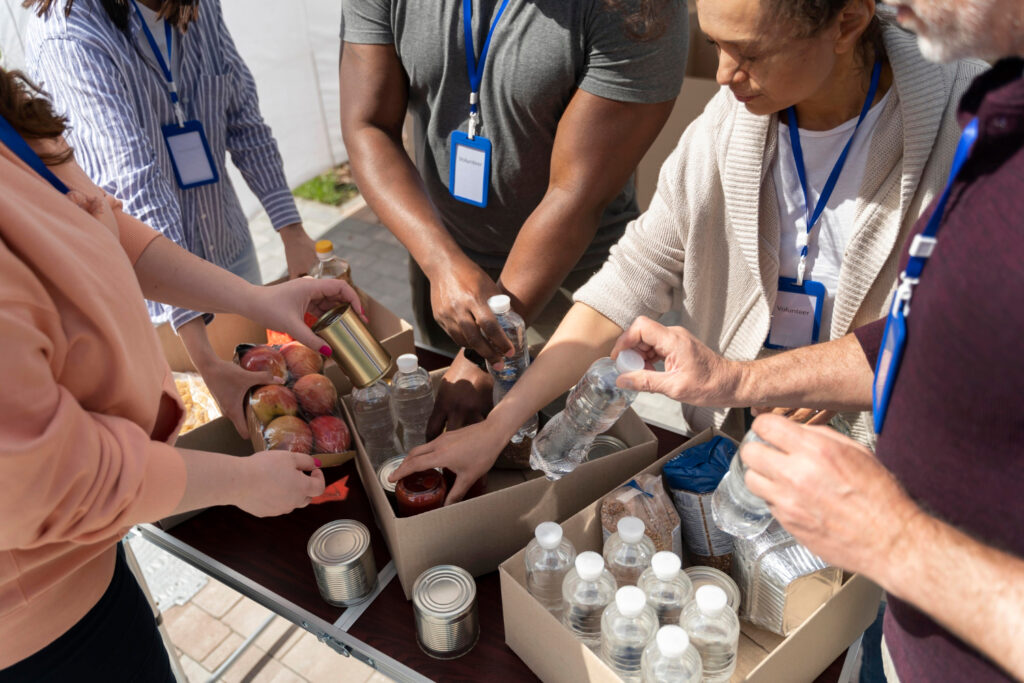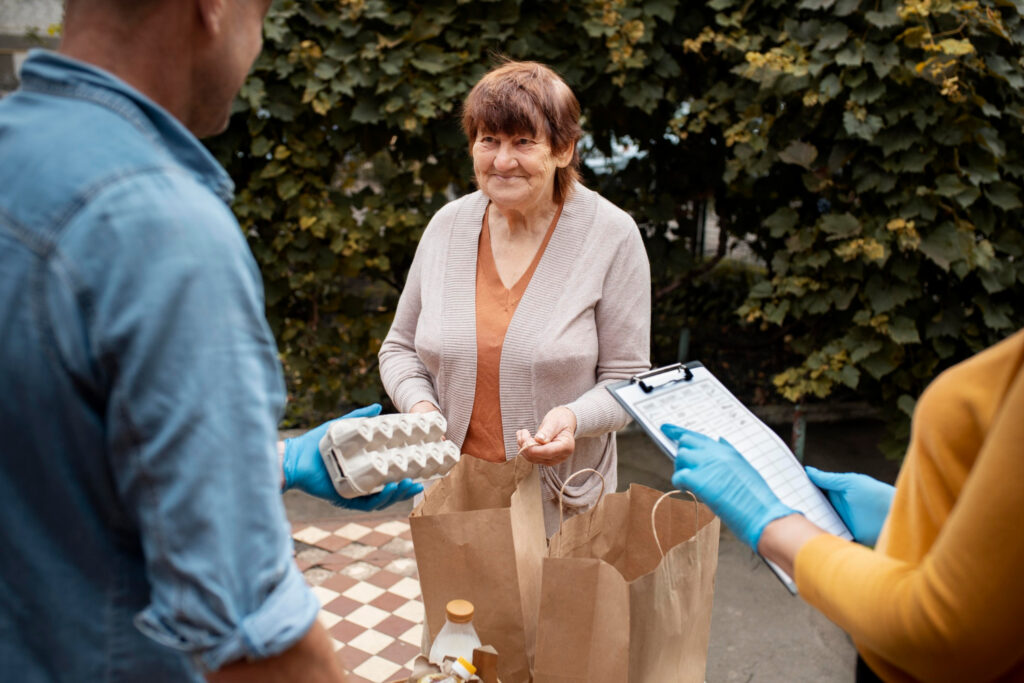
In times of crisis, uncertainty, and need, one of the most powerful forces for good doesn’t come from governments or large institutions — it comes from communities. People helping people. Neighbours reaching out. Volunteers stepping up. This is community-driven aid — local action led by compassion, driven by trust, and shaped by the needs of those who live it.
It’s not a new idea, but it’s never been more relevant.
Why Local Help Matters
Top-down aid is often slow, impersonal, and bound by policy. By contrast, community-led support is agile, targeted and grounded in reality. Local people know who’s struggling, which families are skipping meals, and who hasn’t had a visitor in weeks. Community aid is built not on data sets, but on daily experience.
When the cost-of-living crisis hit, it wasn’t just big charities that responded — it was neighbours forming WhatsApp groups to organise food drives. When energy bills skyrocketed, it was community centres that opened warm rooms. When families fled domestic violence, it was local women’s groups that offered safe space.
Community-driven aid works because it starts where people already are. It’s familiar. It’s accessible. And most importantly, it’s built on shared humanity, not bureaucracy.
What Makes It Work?
What makes community aid effective isn’t funding or scale — it’s connection. People trust those who speak their language, understand their neighbourhood, and share their challenges. Unlike formal agencies, local groups are often more culturally sensitive, quicker to act, and better at reaching marginalised individuals.
Flexibility is key. Community groups don’t always follow rigid guidelines. They assess need in real time and respond accordingly — whether that means delivering a food parcel, fixing a boiler, or simply sitting down for a cup of tea and a conversation.
And perhaps most inspiring of all: community aid isn’t about pity. It’s about solidarity. Everyone has something to give — a skill, an hour, a listening ear. In community aid, givers and receivers often swap places. The mother who received help last winter is now the one delivering food this summer. This reciprocity builds strength, dignity and long-term resilience.

How Help One Empowers Local Action
At the heart of Help One’s mission is the belief that real change begins from the ground up. While the organisation provides national-level coordination and resources, much of its impact comes from enabling local volunteers, grassroots initiatives, and community-led responses.
Help One works with churches, mosques, youth groups, libraries, housing associations and schools — identifying leaders within each community and supporting them with training, funding and logistical help. Whether it’s setting up a food pantry, a peer-support group, or a clothing bank, Help One provides the tools — and lets the community lead the way.
The organisation also prioritises listening. Before launching any local project, they engage residents through surveys, listening sessions and open forums. This ensures the support is not just well-intentioned, but actually relevant.
Stories of Community Power
In a small neighbourhood in Birmingham, a group of mums created a Saturday breakfast club with support from Help One. Originally designed for low-income families, it quickly grew into a hub where parents shared job tips, swapped children’s clothes, and organised school runs. What started as “helping the kids eat” became “helping each other thrive.”
In a London estate, a retired nurse used Help One’s mini-grant to open a twice-weekly health drop-in, offering blood pressure checks and health advice to elderly neighbours. She called it “Neighbours’ Clinic.” No appointments. No red tape. Just care.
These are not rare exceptions — they are models. They show what happens when you empower the people closest to the problem to also be part of the solution.
![]()
The Future Is Local
As society faces increasing economic, environmental and health challenges, community-driven aid will become not just helpful, but essential. Institutions are stretched. Resources are finite. But the spirit of community is abundant — if we nurture it.
Help One believes the most powerful thing they can do is amplify community voices, not speak over them. Their model is about partnership, not control. It’s about trusting that people — when given the support and respect they deserve — will take care of each other far better than distant systems can.
Together, We Heal
Community-driven aid is more than a safety net. It’s a bridge to dignity, a source of belonging, and a pathway to empowerment. It reminds us that in every street, block or village, there is strength waiting to be activated.
When systems falter, people rise. When someone says, “I’ll help,” a chain reaction begins. And with organisations like Help One backing this spirit with tools and trust, real transformation becomes possible.
Because the best help isn’t just from above — it’s from next door.